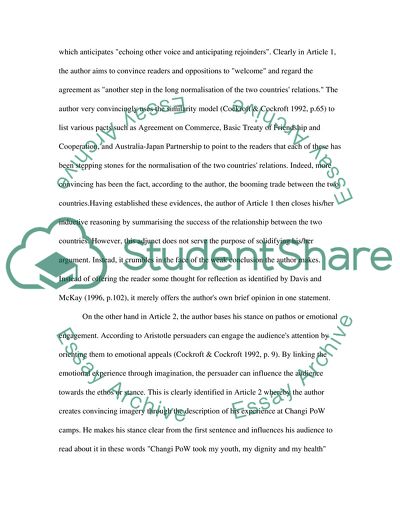Cite this document
(Comparison of Two Articles' Arguments Case Study, n.d.)
Comparison of Two Articles' Arguments Case Study. Retrieved from https://studentshare.org/military/1719188-crr-3
Comparison of Two Articles' Arguments Case Study. Retrieved from https://studentshare.org/military/1719188-crr-3
(Comparison of Two Articles' Arguments Case Study)
Comparison of Two Articles' Arguments Case Study. https://studentshare.org/military/1719188-crr-3.
Comparison of Two Articles' Arguments Case Study. https://studentshare.org/military/1719188-crr-3.
“Comparison of Two Articles' Arguments Case Study”. https://studentshare.org/military/1719188-crr-3.


